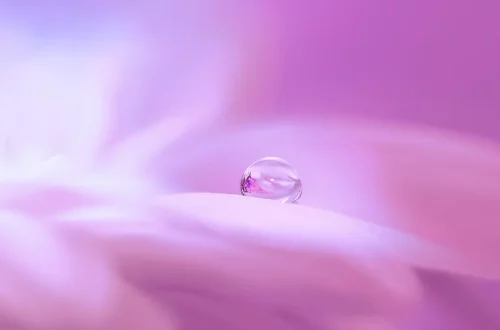-
What Does a Flea Look Like to the Human Eye? Understanding Their Appearance
Fleas are small, wingless insects that are often notorious for their role as parasites on pets and humans. Their presence can evoke feelings of discomfort and unease, both because of their bites and the potential diseases they can carry. Fleas belong to the order Siphonaptera and are known for their incredible jumping ability, which allows them to move rapidly between hosts. With their flattened bodies and specialized mouthparts, fleas are perfectly adapted for a life spent largely on animals, feeding on their blood. The human eye is not particularly adept at detecting these minuscule creatures, as they typically range from 1 to 3 mm in length, depending on the species.…
-
Exploring the Impact of Gum Color on Mood and Perception
Gum chewing has become a ubiquitous habit across various cultures, often associated with stress relief, oral health, and even social interaction. While the act of chewing gum is widely recognized, an intriguing aspect often overlooked is the color of the gum itself. The vibrant hues of gum can evoke different feelings and perceptions, potentially influencing our mood and interactions. Colors play a significant role in human psychology, often triggering emotional responses and shaping our experiences. The colors we encounter in daily life can modify our mood, promote certain behaviors, and even impact our decision-making processes. This relationship between color and emotion has been studied in various domains, from marketing to…
-
Exploring the Fascination with Big Penis Images and Their Impact
The human fascination with physical attributes is a subject that has intrigued societies for centuries. Among these attributes, the size of the penis has been a focal point of interest, often leading to discussions about masculinity, self-esteem, and sexual prowess. In various cultures, larger sizes have been associated with virility, power, and desirability, while smaller sizes are sometimes stigmatized, leading to an array of psychological and social implications. This fascination is not merely anecdotal; it is reflected in media, art, and even science. The proliferation of images and representations of large penises in various forms, from pornography to memes, has contributed to the normalization of this obsession. The impact of…
-
Exploring Colorology: The Science and Psychology of Color Perception
Color is an omnipresent force in our lives, subtly influencing our emotions, decisions, and even our physical responses. From the vibrant hues of a sunset to the muted tones of a foggy morning, colors shape our perceptions and experiences in profound ways. This complex interplay between color and human perception transcends mere aesthetics; it delves into the realms of psychology and neuroscience, revealing insights into how we interpret the world around us. The fascination with color goes back centuries, touching upon art, design, and even spirituality. Artists have long understood that colors can evoke feelings, communicate messages, and even tell stories. In the realm of marketing, brands meticulously select their…















